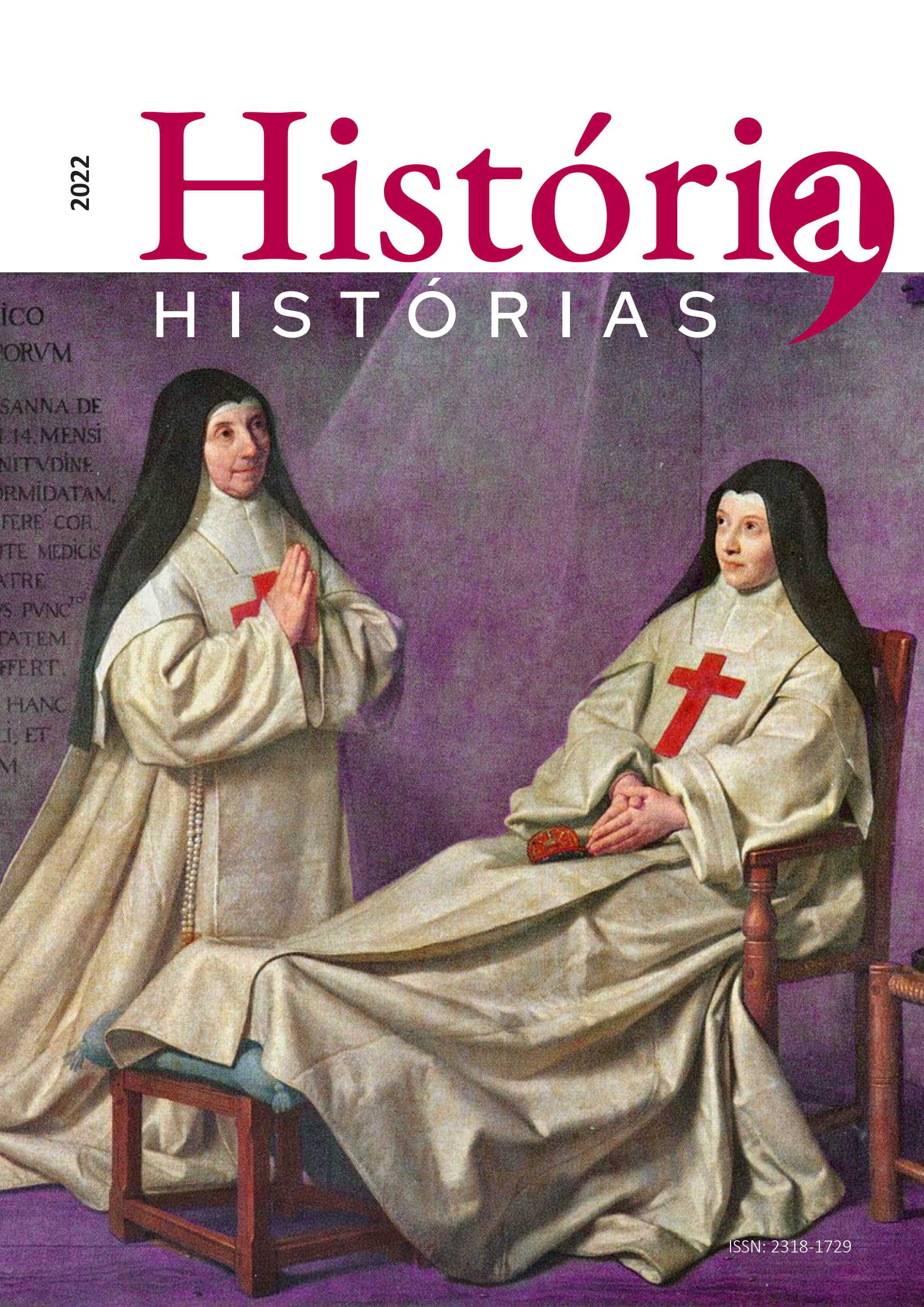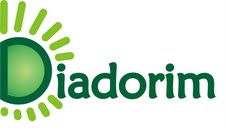Images from the history of astronomy
the frontispiece of Johannes Kepler’s Rudolphine Tables
DOI:
https://doi.org/10.26512/rhh.v10i19.47068Keywords:
História da astronomia, imagens históricas, educação científica.Abstract
One of the last tasks of the astronomer and mathematician Johannes Kepler (1571-1630) was the elaboration of the “Rudolfine Tables”. As these tables represented the long-awaited climax of Kepler’s work, it was to be expected
that they would have an appropriate frontispiece, i.e. a graphic element that aimed to identify and decorate the beginning of the work. It should be noted that Kepler is not one of the most mentioned scientists of early modern science and the illustration that opens the “Rudolfine Tables” has not received the attention it deserves. In order to disseminate and discuss an image of great historical value, the purpose of this article is to analyze some
details and present comments and interpretations that can be made from the frontispiece. Through this study, it was possible to verify some possibilities for discussion about how Kepler sees the construction and evolution of astronomy and, consequently, we believe that the article can provide subsidies for teachers to use the image as a starting point for discussions about the nature of science
Downloads
References
BAUMGARDT, C. Johannes Kepler: Life and letters. [S.l.]: Philosophical Library, 1951.
CASPAR, M. Kepler. Tradução e edição de C. Doris Hellman. New York: Dover Publications, 1993.
DI LISCIA, D. A. El rescate de la obra de Kepler. Entrevistadora: I. Costa. Revista Ñ, Edición especial año Galileo: Hombres y estrellas, 2009. Disponível em: < https://www.mcmp.philosophie.uni-muenchen.de/people/faculty/di_liscia_daniel/intervi ew_el-rescate.pdf >. Acesso em: 04 nov. 2019, p. 15.
DREYER, J. Tycho Brahe: A picture of scientific life and work in the sixteenth century. [S.l.]: A. & C. Black, 1890, p. 86-87.
GATTEI, S. On Tycho’s shoulders, with Vesalius’ eyes: speaking images in the engraved frontispiece of Kepler’s Tabulae Rudolphinae. In: ALBRECHT, A.; CORDIBELLA, G.; REMMERT, V. R. (Ed.). Tintenfass und Teleskop: Galileo Galilei im Schnittpunkt wissenschaftlicher, literarischer und visueller Kulturen im europäischen 17. Jahrhundert. [S.l.]: Walter De Gruyter, 2014, p. 337–368.
GINGERICH, O. Johannes Kepler and the Rudolphine Tables. Resonance, v. 14, n. 12, p. 1223–1233, Dec 2009. Disponível em: <https://doi.org/10.1007/s12045-009-0116-3>. Acesso em: 28 dez. 2022.
McCOMAS, W. F.; KAMPOURAKIS, K. Using Anecdotes from the History of Biology, Chemistry, Geology, and Physics to Illustrate General Aspects of Nature of Science. In: McCOMAS, W. (Ed.). Nature of Science in Science Instruction: Rationales and strategies. [S.l.]: Springer International Publishing, 2020, (Science: Philosophy, History and Education). p. 551–576.
RÅGSTEDT, M. About the cover: Kepler and the rudolphine tables. Bulletin of the American Mathematical Society, v. 50, p. 629–639, 2013.
TOSSATO, C. R. Força e Harmonia na Astronomia Física de Johannes Kepler. Tese (Doutorado)—Universidade de São Paulo, 2003.
TOSSATO, C. R. Discussão cosmológica e renovação metodológica na carta de 9 de dezembro de 1599 de Brahe a Kepler. Scientiae Studia, Associação Filosófica Scientiae Studia, v. 2, n. 4, Dez 2004, p. 550.
Downloads
Published
How to Cite
Issue
Section
License
Copyright (c) 2023 History, histories

This work is licensed under a Creative Commons Attribution-NonCommercial-NoDerivatives 4.0 International License.
Authors who submit papers with this journal agree to the following terms:
a) Authors retain copyright and grant the journal right of first publication with the work simultaneously licensed under a Creative Commons Attribution License that allows others to share the work with an acknowledgement of the work's authorship and initial publication in this journal.
b) Authors are able to enter into separate, additional contractual arrangements for the non-exclusive distribution of the journal's published version of the work (e.g., post it to an institutional repository or publish it in a book), with an acknowledgement of its initial publication in this journal.
c) Authors are permitted and encouraged to post their work online (e.g., in institutional repositories or on their website) prior to and during the submission process, as it can lead to productive exchanges, as well as earlier and greater citation of published work.




